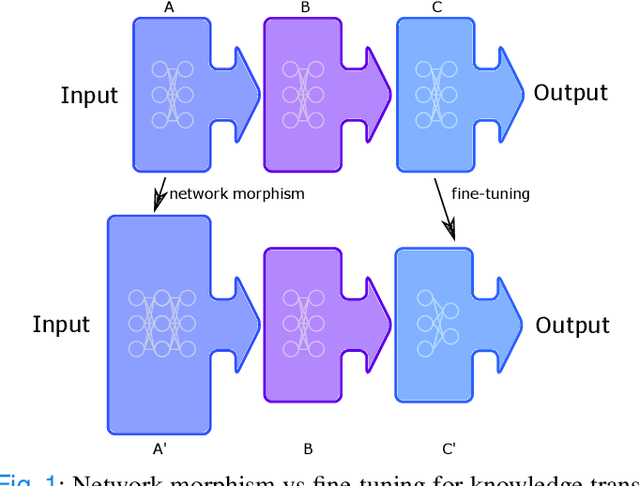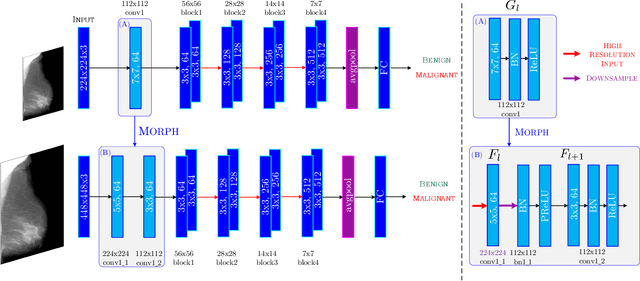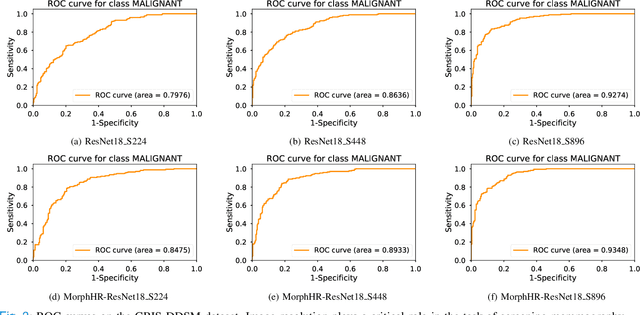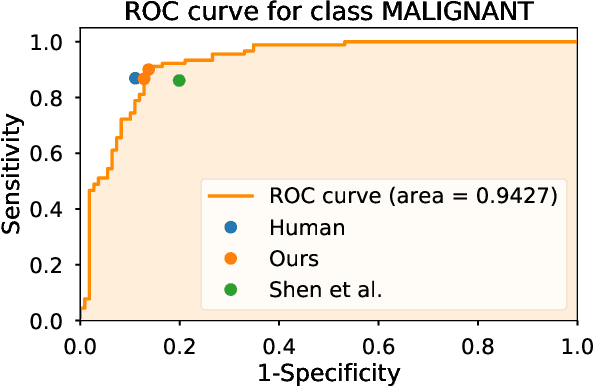Beyond Fine-tuning: Classifying High Resolution Mammograms using Function-Preserving Transformations
Paper and Code
Jan 20, 2021



The task of classifying mammograms is very challenging because the lesion is usually small in the high resolution image. The current state-of-the-art approaches for medical image classification rely on using the de-facto method for ConvNets - fine-tuning. However, there are fundamental differences between natural images and medical images, which based on existing evidence from the literature, limits the overall performance gain when designed with algorithmic approaches. In this paper, we propose to go beyond fine-tuning by introducing a novel framework called MorphHR, in which we highlight a new transfer learning scheme. The idea behind the proposed framework is to integrate function-preserving transformations, for any continuous non-linear activation neurons, to internally regularise the network for improving mammograms classification. The proposed solution offers two major advantages over the existing techniques. Firstly and unlike fine-tuning, the proposed approach allows for modifying not only the last few layers but also several of the first ones on a deep ConvNet. By doing this, we can design the network front to be suitable for learning domain specific features. Secondly, the proposed scheme is scalable to hardware. Therefore, one can fit high resolution images on standard GPU memory. We show that by using high resolution images, one prevents losing relevant information. We demonstrate, through numerical and visual experiments, that the proposed approach yields to a significant improvement in the classification performance over state-of-the-art techniques, and is indeed on a par with radiology experts. Moreover and for generalisation purposes, we show the effectiveness of the proposed learning scheme on another large dataset, the ChestX-ray14, surpassing current state-of-the-art techniques.
 Add to Chrome
Add to Chrome Add to Firefox
Add to Firefox Add to Edge
Add to Edge